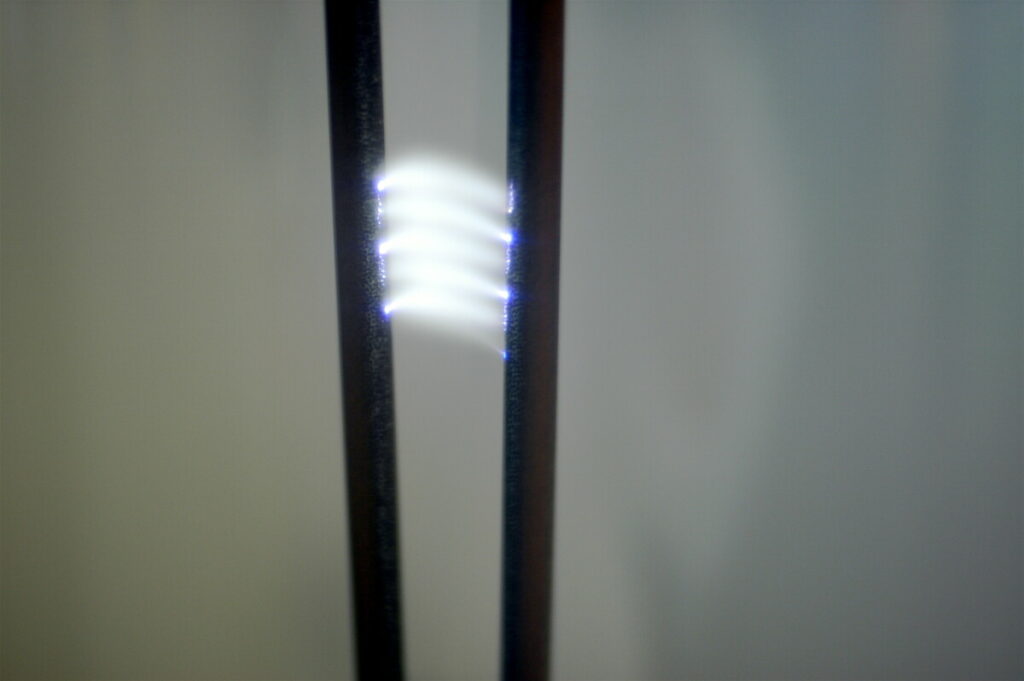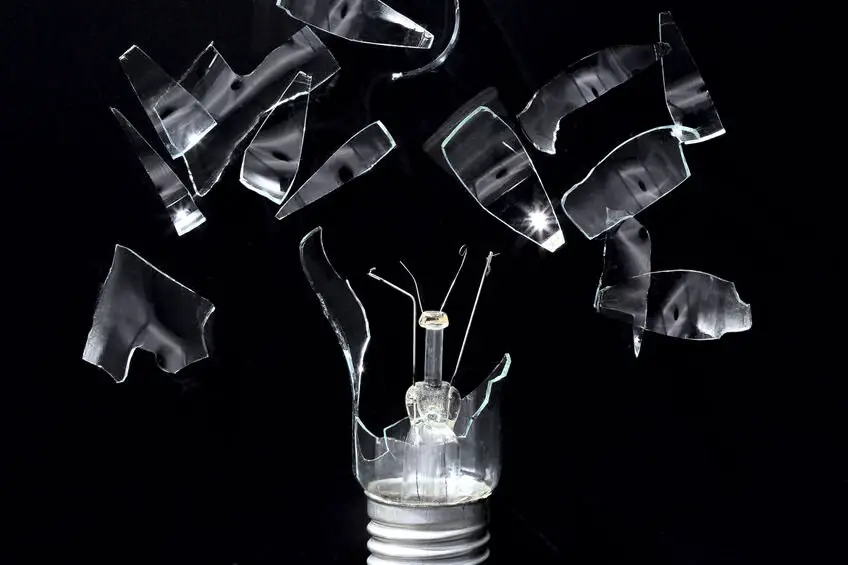Can Rapidly Flipping A Light Switch Actually Cause A Fire?
Turning on a light bulb usually requires the flipping of a light switch. But what would happen if we were to flip this switch on and off quickly?
It is commonly believed that rapidly flipping a light switch is a fire hazard, but this is however not the case. Rapidly flipping the switch only becomes a potential fire hazard when the switch is already in poor mechanical condition, which is unlikely if the switch is less than 20 years old.
That said, any old electrical equipment and wiring can be a fire hazard since materials have a tendency to degrade with enough time and usage, which in turn compromises the safety of the products.

How Light Switches Are Constructed
Before we talk about the consequences of rapidly flipping a light switch we need a basic understanding of how light switches are constructed in order to grasp how they can become a fire hazard.
The function of the light switch is simple. It breaks or connects the electrical circuit the light bulb is connected to and will therefore alter the state of the bulb.
In reality, this is achieved by using 2 metal plates facing each other inside the switch. When the plates are pushed together into one slab of metal they conduct electricity and will light the bulb.
However, when the plates are disconnected they will no longer conduct electricity between them, which causes the light bulb to turn off since it’s no longer conducting a current.
Is Rapidly Switching A Light Switch Dangerous?
When a light switch is switched, it goes from being fully connected to suddenly disconnected or vice versa. This essentially means that the process of rapidly flipping a light switch is actually rather harmless.
Something that is far more dangerous however is trying to balance the light switch between on and off. Since these switches are fully mechanical, this causes the metal plates to be in a state between on and off too. The plates will be half-closed.
The reason why this is dangerous is because of how electrons work.
An electrical current consists of flowing electrons. Electrons flow in the path of least resistance through whatever conductive materials they can.
This is where the problem arises. In a fully closed circuit, the electrons can flow through the metal plates in the switch seamlessly. That said when the plates are close to each other but not fully closed the electrons will still try to travel from one plate to the other.
When electrons travel from one plate to the other through the air it is a big problem. This is a problem because when an electrical current is passed through the air, it creates an electric arc.

An electric arc is the result of electrons travelling through air. This phenomenon occurs due to how the electrical resistance of air causes heat to build up where the electrons travel.
Arcs like these usually do not last long. Depending on the size of them they may only last a few seconds. This is because arcs are usually formed as a form of electrical discharge, meaning they are charged up before eventually releasing all their energy at once.
This causes them to get extremely hot in this timeframe. Electric arcs have been recorded to reach temperatures of 19400 ˚C (35 000 ˚F). That said, temperatures like that are usually only found in arcs by big signal boxes. The ones in a light switch are probably closer to 3000-5000˚C (5500-9000˚F) due to the size difference.
Since electric arcs get so hot they can definitely be a fire hazard since they are hot enough to ignite wood instantly.
Consequences Of Rapidly Flipping Light Switches
Now that we have established that rapidly flipping a light switch is not that dangerous, are there any consequences at all to doing this?
Shortened Lifespan Of Light Bulbs
One reason to not rapidly flip your light switches is that it might decrease the lifespan of your light bulbs.
When a light switch is flipped on it will momentarily cause a big rush of electrical energy to flow through the circuit and therefore the light. This happens because of the electrical resistance is at its lowest point when the light and wiring are cool since electricity is best conducted at lower temperatures.
This means that every time you turn on a light it will get hit by an abnormally large electrical current, which can cause the lifespan to decrease. Click here for an article on Why Light Bulbs Break When Switched On.
Weakening The Switch Mechanism
Another reason why rapidly flipping a light switch could be bad is that it will eventually weaken the moving mechanical parts of the switch.
A switch is only as durable as its mechanical parts are strong, and if you actively mess with the switch it might be that you cause some internal mechanism to break on accident.
The mechanism inside of the switch can break in a few ways. For one, you can damage the metal plates that connect and conducts electricity, but you can also break the plastic casing itself if you actively play with it.
All of this can be easily avoided by simply using the switch as intended and being mindful of it when you use it.
Summary
To summarize, rapidly flipping a light switch is not that dangerous. If a light switch is constantly flipped between on and off it is practically harmless. It is much more dangerous by comparison to try to hover the switch between its off-and-on state.
While clicking the light switch isn’t very dangerous, there are other reasons why you may not want to do it. These reasons may be that the light switch itself breaks faster as well as the light bulbs themselves.





